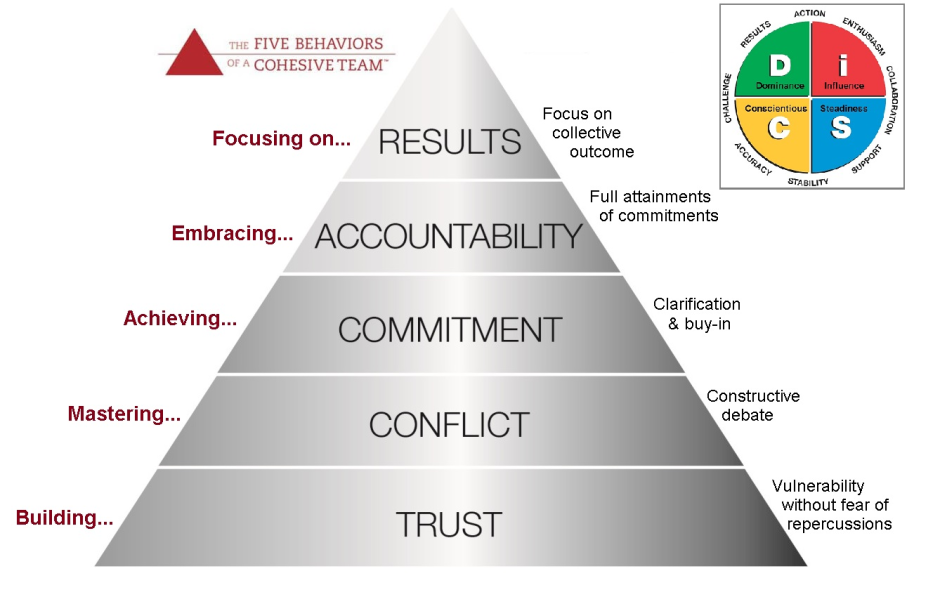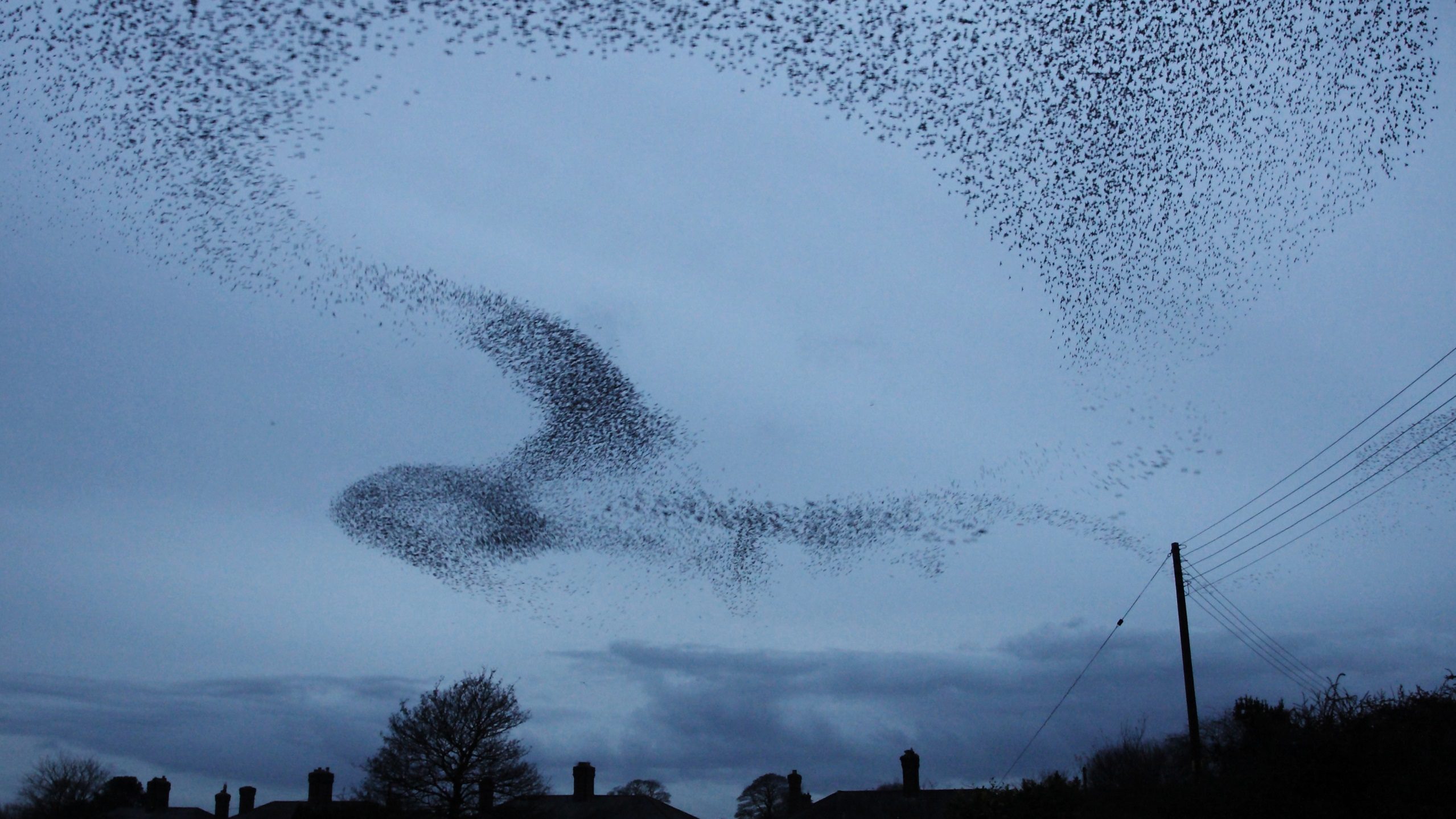
Prioritising time to write has not made it to the top of the priorities list until today (the end of half-term). That is a failing on my part. With hindsight, I should have planned and scheduled less.
I am not comfortable accepting that “writing, thinking and reflecting,” is less important than “doing.”
It was the decision I took this past month. Hence this “Teams” series is missing Day 2 / (part 2). I will attempt to fill in the gaps however it will understandably be less detailed.
The Five Behaviors® model recap
The Five Behaviors® is a model for “enhancing team performance through five key behaviors.” Part psychometrics and part facilitated training, designed to help teams understand the team they are a part of, and to rethink their approach to teamwork and create lasting change, it is also supported by one-to-one leadership Coaching, and scheduled “strategic” team meetings three times a year.
More than anything, it has been the commitment, time and investment of our organisation, to bring this team together, that has had the most demonstrable impact on my professional outlook. In five senior leadership roles in schools – I can not offer you a single comparable “commitment, time and investment,” to the teamwork of the senior team.
Day 1 focused on Teams and Vulnerability-Based Trust and progressed through:
Day 2 covered “Engage in Conflict,” or robust and rigorous debate, encouraging healthy, constructive debates to make better decisions before moving onto “Committing to Decisions,” whereby the team ensures “buy-in” and that everyone is on board with the final decisions, even if they initially disagreed.
Day 3 focused on holding one another, peer-to-peer, “Accountable.” Holding each other responsible for delivering on commitments rather than our line managers. I found this very interesting, given we have three layers of organisation hierarchy in this team (CEO, three senior Central Services members and two Headteachers).
Before moving to focusing on achieving “Collective Results.” Prioritising team success over individual achievements

In a relatively succinct summary, the positives:
After the very clear show of commitment to the time by the organisation, it was the shared time-space spent together, as a team, that I found most valuable. Especially as our team was a mix of new and established relationships, from three locations. If it sounds a rather simple reflection, easy overlooked – it is.
Day 1 and 2 modeled and promoted a stronger willingness to be more open, to be more trustful – though I would add that Inclusion Education work very diligently on its internal cultural aims.
Did Day 2 encourage better decision making? Were we more encouraged to explore different perspectives? Make more informed decisions? Were we more productive?
Have we laid down a marker, a reminder, to ask ourselves that very question in twelve months time? I foresee it will be dependent on how committed we are to “working with and within,” The Five Behaviors® model.
Did Day 3 increased accountability? It certainly presented a more peer-to=peer model of mutual accountability. Of course, it help when the team is already “stacked” with commitment. This team, is far from your typical senior team – the members ‘why’ is undeniably strong.
Does that make us a better team? Will emphasising collective results encourage us to be more productive as individuals and as a team?
Conclusion
Any practical framework offers a sizeable target for criticisms of over-simplification of the complexities of team dynamics.
With that statement penned, The Five Behaviors® model does offer a practical and common framework to work to. Perhaps more than that, it is an actionable framework, that our team can employ, and model, cascade and assure are a core component of our organisations work model.
What I remain curious about?
Our team represented three lines or organisational hierarchy (CEO, three senior Central Services members and two Headteachers). How do teams, made up of organisational layers, operate most effectively? Where is the stress mostly likely to surface? Conflict and maybe Accountabilty?


